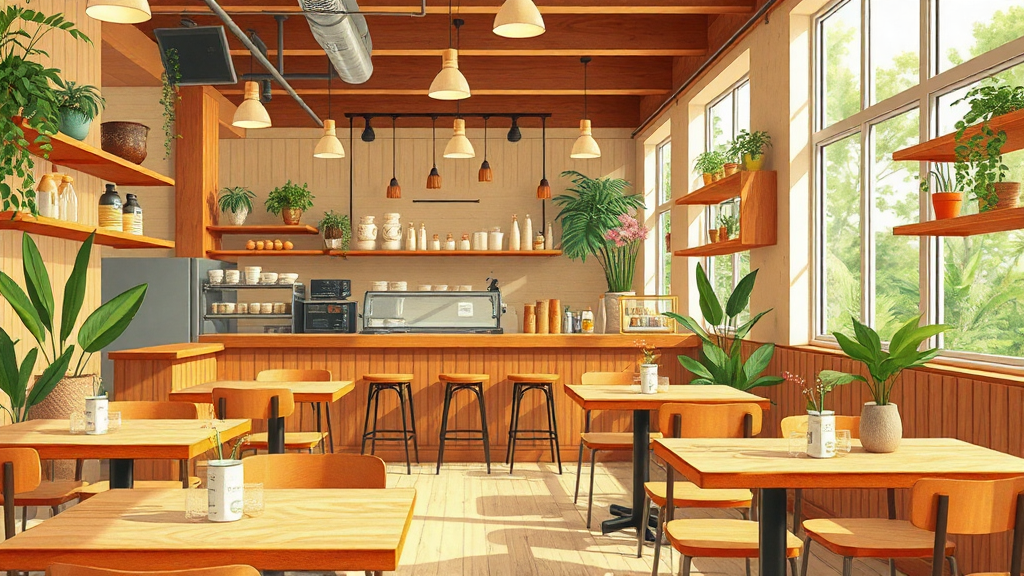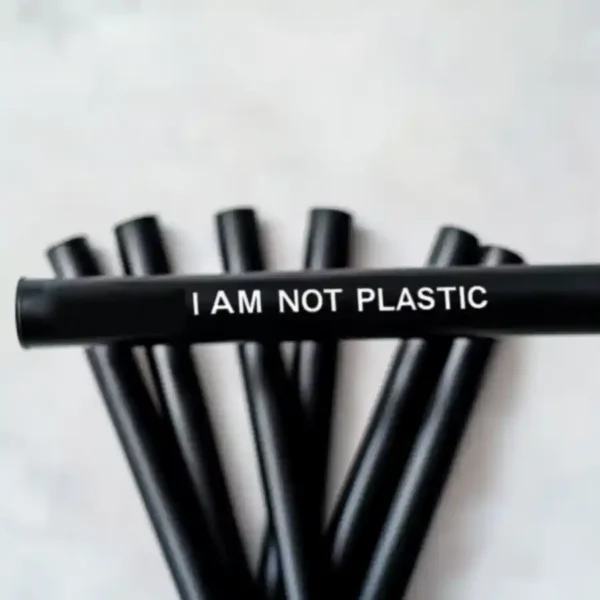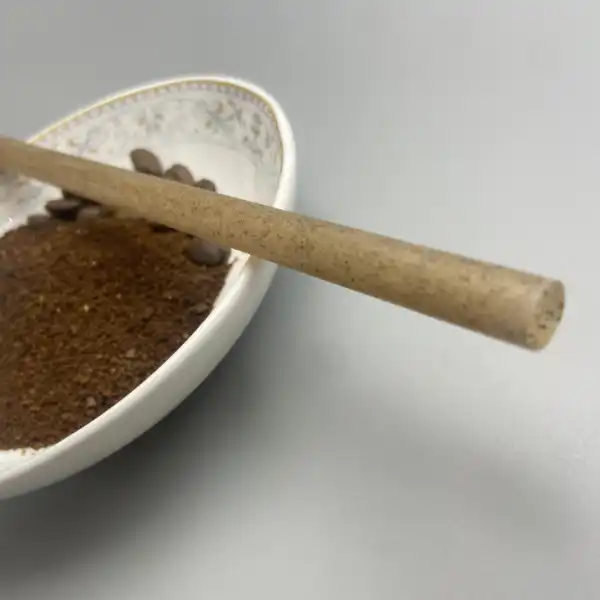
Key Benefits of Switching to Eco-Friendly Straws
- Reduced Environmental Impact: Biodegradable straw alternatives decompose naturally, eliminating microplastic pollution and protecting marine life. Sugarcane and wheat straws decompose within weeks under proper composting conditions. Consider lifecycle assessments to strengthen sustainability narratives.
- Enhanced Brand Reputation: Sustainable boba straws demonstrate environmental commitment, attracting eco-conscious demographics. Feature these straws prominently in marketing campaigns.
- Regulatory Compliance: Stay ahead of single-use plastic bans through proactive adoption of alternatives.
- Cost Efficiency: Reusable stainless steel or glass straws offer long-term savings versus disposable plastics.
Comparing Plastic-Free Straw Materials
1. Paper Straws
- Pros: Affordable (€0.02–€0.25), available in multiple designs
- Cons: Become soggy; often use unsustainable wood pulp
- Best For: Short-term events needing cost-effective solutions
2. Sugarcane Straws
- Pros: Home-compostable, temperature-resistant
- Cons: Limited regional availability
- Best For: Zero-waste restaurants with composting partners
3. Bamboo Straws
- Pros: Natural aesthetic, reusable
- Cons: Requires meticulous drying
- Best For: Eco-resorts with rustic branding
4. Stainless Steel & Glass Straws
- Pros: Lifetime durability, easy cleaning
- Cons: Higher upfront cost (€2–€10)
- Best For: Dine-in cafés offering reuse incentives
5. Silicone Straws
- Pros: Flexible, child-safe
- Cons: Limited recycling, potential BPA risks
- Best For: Households prioritizing safety

6. PLA (Bioplastic) Straws
Pros: Industrial compostability with plastic-like durability
Cons: Frequent misidentification as regular plastic
Best For: Large venues needing disposable solutions. Source certified compostable sugarcane straws with clear disposal labels.
Actionable Insights for Businesses
-
1. Audit Your Needs
Analyze drink types, customer demographics, and waste infrastructure before material selection.
-
2. Source Responsibly
Partner with certified suppliers like #IAMPLASTICFREE for ethical supply chains.
-
3. Educate Customers
Implement training and signage to promote reusable straw adoption and sustainability messaging.

Actionable Insights for Businesses: Optimizing Straw Selection for Sustainability
With a growing segment of the market that actively seeks out businesses with strong ESG (Environmental, Social, and Governance) profiles.
3. Regulatory Compliance:
Many regions are implementing bans or taxes on single-use plastics. Proactive adoption of sustainable alternatives ensures compliance, avoids potential fines, and positions your business for future regulations. Staying ahead of the curve minimizes disruption and demonstrates responsible foresight.
4. Cost Efficiency:
While initial costs may vary, reusable options like stainless steel or glass straws offer significant long-term cost savings compared to constantly purchasing disposable plastic straws. Consider the total cost of ownership, including purchasing, disposal, and potential fines for non-compliance.
Comparing Plastic-Free Straw Materials
1. Paper Straws:
- Pros: Affordable (€0.02–€0.25 per unit), widely available in various colors and designs.
- Cons: Often become soggy, frequently made from unsustainable wood pulp, and may require significant quantities of water for production.
- Best For: Short-term events or applications where low cost is the primary concern. Consider the environmental impact of sourcing and disposal.
2. Sugarcane Straws:
- Pros: Home compostable, withstand hot and cold beverages without softening.
- Cons: May be less readily available than paper straws, requiring more robust supply chain management.
- Best For: Restaurants and businesses aiming for zero-waste initiatives and appealing to environmentally conscious customers.
3. Bamboo Straws:
- Pros: Natural aesthetic, reusable with proper cleaning.
- Cons: Require diligent drying to prevent mold growth, potential splinter risk, and may not be suitable for all beverages.
- Best For: Establishments with a rustic brand image or those targeting a specific niche market that values natural materials.
4. Stainless Steel & Glass Straws:
- Pros: Extremely durable (lifelong use), easy to clean, and highly reusable.
- Cons: Higher initial cost (€2–€10 per unit), less portable than disposable alternatives.
- Best For: Businesses offering dine-in services, cafes, or those prioritizing long-term sustainability investments.
perguntas frequentes
5. Silicone Straws: Flexibility and Safety Considerations
- Pros: Flexible, safe for children.
- Cons: Potential BPA concerns (ensure BPA-free), recycling challenges.
- Best For: Households or applications where flexibility and child safety are paramount. Careful consideration of sourcing and responsible disposal is crucial.
Where Safety Outranks Sustainability in Straw Selection
6. PLA (Bioplastic) Straws
- Pros: Mimic traditional plastic durability while being industrially compostable. Ideal for large-scale events needing cost-effective disposables.
- Cons: Often confused with conventional plastic, leading to improper disposal. Requires customer education programs to maximize environmental benefits.
Operational Efficiency Strategies for Straw Implementation
1. Comprehensive Needs Assessment
Before selecting straw materials, conduct audits covering beverage types (hot vs. cold), customer profiles, and waste infrastructure. High-end restaurants might prioritize stainless steel straws, while fast-casual venues could choose compostable options.
2. Responsible Sourcing Practices
Partner with certified suppliers like #IAMPLASTICFREE or Bambu to ensure ethical straw sourcing. Verify sustainability certifications and request environmental impact documentation.
3. Customer Education Tactics
Use signage (“Our sugarcane straws decompose in 90 days!”), menu inserts, and social media to explain sustainability efforts. Interactive quizzes can boost engagement.
4. Procurement Optimization
Negotiate bulk pricing for wheat/reed straws (€0.07–€0.10/unit). Analyze total ownership costs including disposal fees.
5. Waste Management Integration
Align straw materials with local composting/recycling capabilities. Clearly label disposal bins to prevent contamination.
Frequently Asked Questions About Sustainable Straws
perguntas frequentes
Q: How do I ensure my straws are truly eco-friendly?
A: Look for certifications like OK Compost HOME (for home compostability) and FSC (for sustainably sourced materials). These certifications provide third-party verification of a product’s environmental claims. Without them, “eco-friendly” claims can be misleading.
Q: Are compostable straws more expensive than plastic?
A: While upfront costs are higher (€0.05–€0.25 vs €0.01), reusable options like stainless steel offer long-term savings through reduced repurchasing.
Q: Do biodegradable straws work in hot drinks?
A: Certain heat-resistant biodegradable materials like #IAMPLASTICFREE’s wood-based straws maintain integrity in hot beverages—always check manufacturer specifications.
Q: How do I verify straw eco-friendliness?
A: Require USDA BioPreferred or equivalent certifications. Request full lifecycle documentation from suppliers, including sourcing and disposal protocols.







